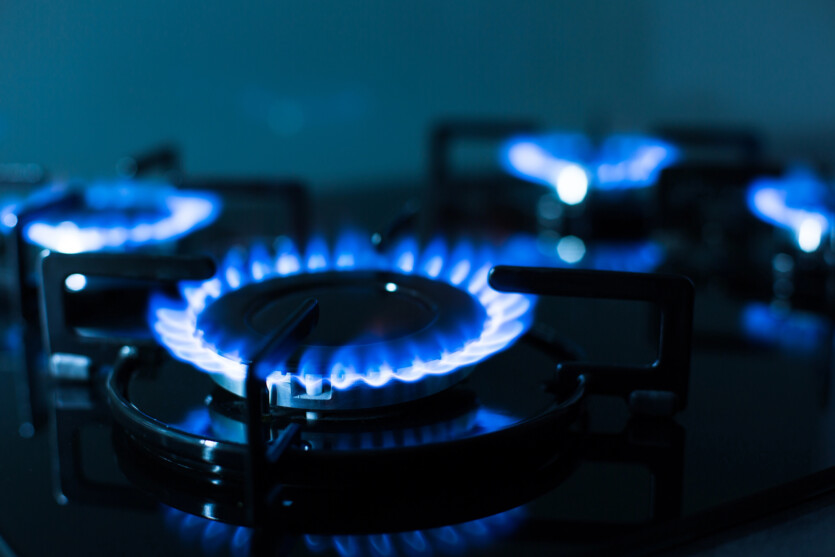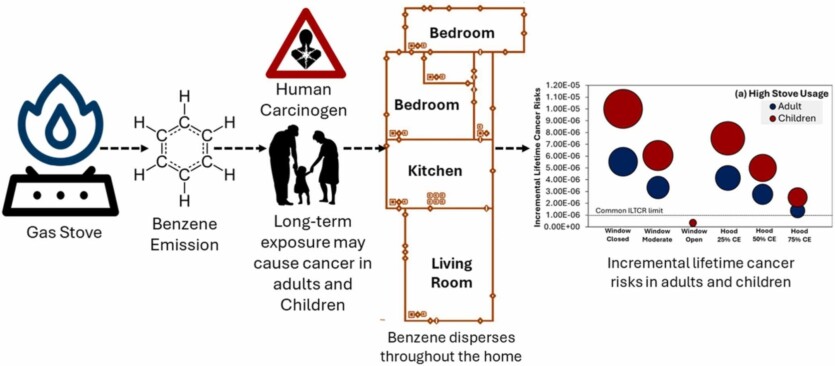
Researchers from Stanford University in the United States have found that gas stoves in houses and apartments emit dangerous benzene, which can increase the risk of developing cancer, especially in children.
In the new study, the researchers measured emission level benzene from gas stoves in 87 homes. They also analyzed how byproducts of natural gas and propane combustion, such as benzene, spread in small spaces by creating computer models.
The data shows that in homes with stoves that emit the highest amount of benzene and lack adequate ventilation, the risk of developing cancer is significantly higher, and in children it is 1.85 times higher than in adults. In the study, the researchers estimated the impact of benzene from gas stoves on 6.3 million US residents who use 5% of gas stoves with the highest benzene emissions.

Higher risks of cancer were recorded for residents of apartments and small houses, as benzene spread quite far, reaching bedrooms and rest rooms, where people spend a significant part of their time. According to the WHO, the permissible level of cancer risk due to benzene exposure is 1 in a million.
The researchers’ analysis showed, that exposure to benzene from gas stoves with the highest level of emissions on the lifetime risk of cancer is 1.92-12.03 per million for children and 0.94-5.89 per million for adults, which is significantly higher than the levels recommended by the WHO. The researchers considered worst-case scenarios with maximum benzene emissions and the lowest level of ventilation. However, their study emphasizes the particular danger to children, who have a lower body mass index and a higher respiratory rate.
«These values may vary depending on the size of the house, weather conditions, the use of an extractor hood, ventilation in the house and other housing factors, the frequency and duration of use of ovens and burners, as well as individual metabolic and other physiological characteristics of the person», — the authors of the study emphasize.
Researchers note that in the United States, people spend about 90% of their time indoors on average. The number of people spending time indoors is growing as more and more Americans prefer to work remotely.
The results of the study were published in the journal Journal of Hazardous Materials
Source: ScienceAlert

Spelling error report
The following text will be sent to our editors: